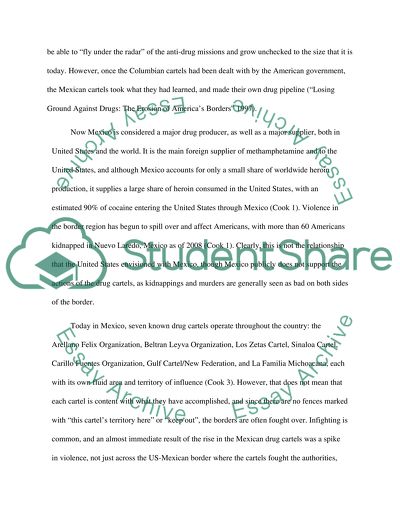Cite this document
(“Drug Violence in Mexico Research Paper Example | Topics and Well Written Essays - 2000 words”, n.d.)
Retrieved from https://studentshare.org/family-consumer-science/1419560-drug-violence-in-mexico
Retrieved from https://studentshare.org/family-consumer-science/1419560-drug-violence-in-mexico
(Drug Violence in Mexico Research Paper Example | Topics and Well Written Essays - 2000 Words)
https://studentshare.org/family-consumer-science/1419560-drug-violence-in-mexico.
https://studentshare.org/family-consumer-science/1419560-drug-violence-in-mexico.
“Drug Violence in Mexico Research Paper Example | Topics and Well Written Essays - 2000 Words”, n.d. https://studentshare.org/family-consumer-science/1419560-drug-violence-in-mexico.


